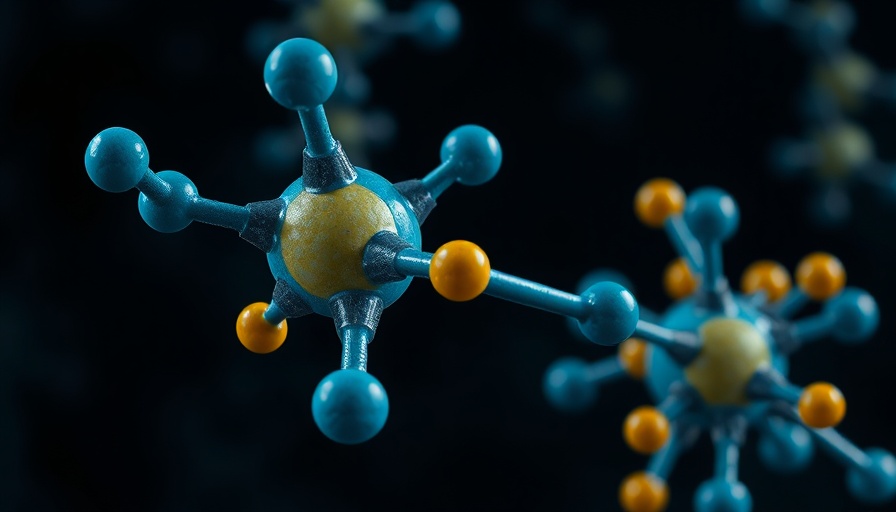
Revolutionizing Hydrogen Production with Zero Emissions
In a groundbreaking development, scientists from Cardiff University and Peking University have unveiled a method for producing hydrogen that eliminates direct CO₂ emissions entirely. This novel process utilizes a sustainable source of bioethanol derived from agricultural waste, reacting it with water at a significantly lower temperature of just 270°C. This is a considerable reduction compared to traditional methods, which typically require temperatures between 400°C and 600°C and are accompanied by harmful greenhouse gas emissions.
The Innovative Catalyst Driving Change
The key to this environmentally friendly hydrogen production lies in a newly developed bimetallic catalyst. This catalyst not only facilitates the reaction more efficiently but also co-produces acetic acid—a high-value organic compound used in various industries such as food preservation and medicine. Globally, the demand for acetic acid exceeds 15 million tons annually, indicating a significant market potential alongside hydrogen production.
Impact on the Chemical Industry and Future Prospects
According to the International Energy Agency (IEA), approximately 96% of current hydrogen production is derived from fossil fuels, releasing substantial amounts of CO₂ into the atmosphere. The new research heralds a pivotal moment in achieving carbon-neutral hydrogen production. Co-author Professor Graham Hutchings highlighted the broader implications, stating, "Finding sustainable ways to create essential products while meeting net-zero ambitions is crucial for the industry." This innovation aligns with global efforts toward sustainable industrial practices and could reshape entire sectors seeking eco-friendly alternatives.
Connecting Innovations Across the Hydrogen Landscape
This discovery complements other advancements in hydrogen production, such as the recent breakthroughs in water electrolysis technology that leverages affordable catalysts to enhance green hydrogen production. Notably, researchers at UNIST and KAIST have developed a bifunctional water electrolyzer catalyst that promises even greater production efficiency while significantly reducing greenhouse gas emissions. These innovative approaches highlight the collaborative spirit and rapid evolution within the green hydrogen economy.
Why This Matters for the Future
The culmination of these advancements signifies an essential stride toward a sustainable energy future. With innovative solutions to create hydrogen without the detrimental byproducts associated with fossil fuels, industries can transition toward greener practices. The implications stretch beyond merely energy production; they encompass a vision for a circular economy where environmentally responsible processes can flourish.
 Add Row
Add Row  Add
Add 




Write A Comment